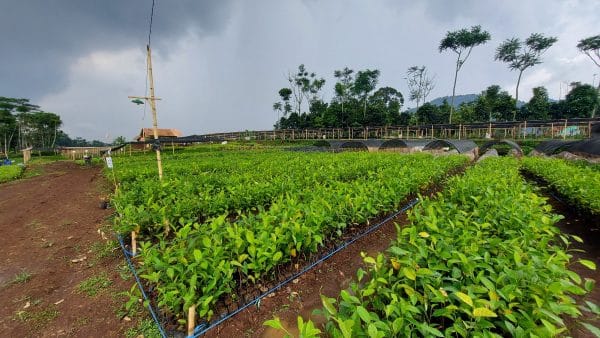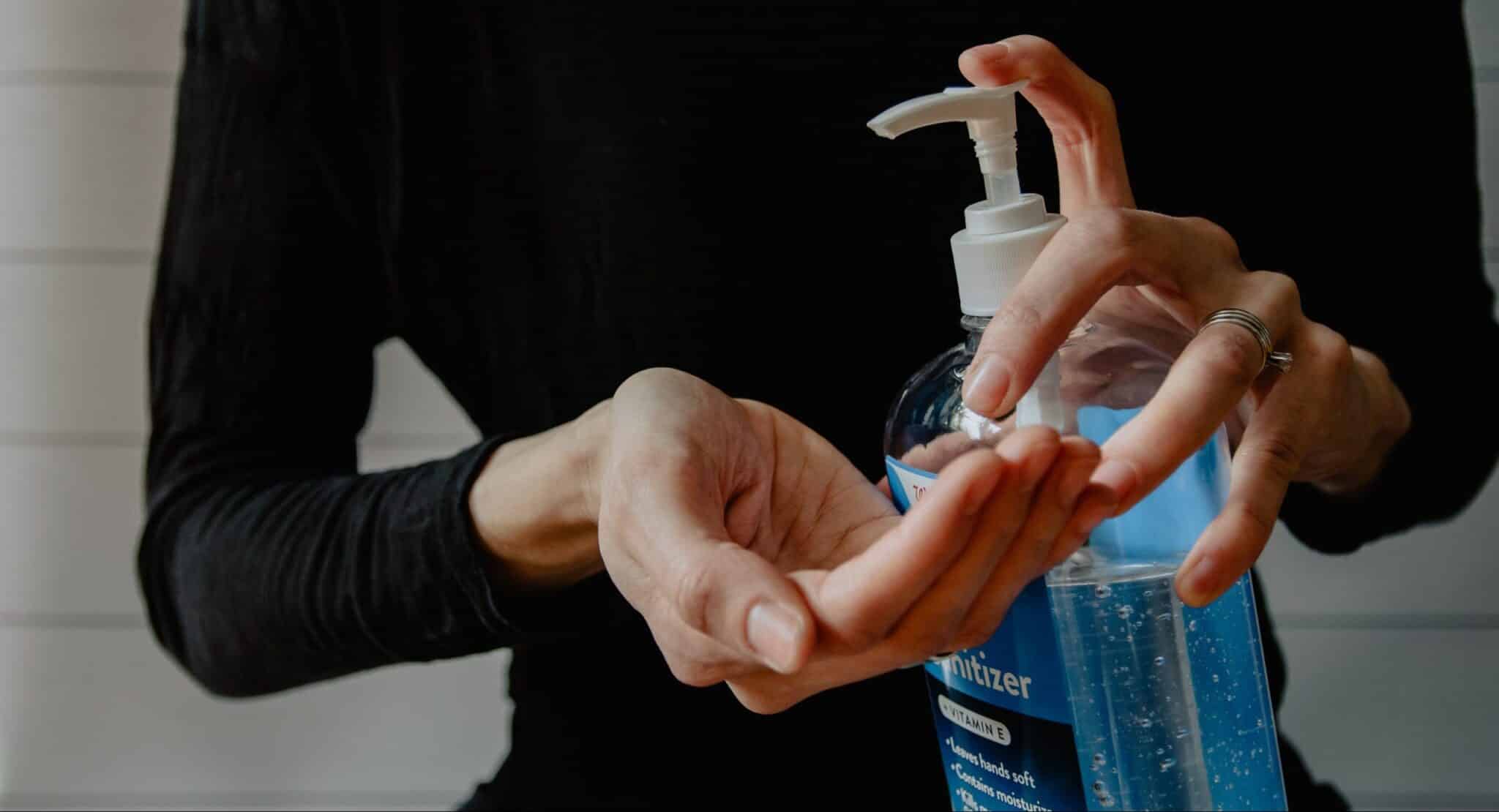Donate Trees Now! The Benefits of Donating Trees for Our Lives
Donate Trees Now – If you are still trying to decide whether or not you should donate trees, maybe we can help convince you. As you probably already know, you can find so many benefits of trees. This plant can maintain the environment, giving us a safe and healthy place to live.
Trees give life to every other being on earth, including humans and animals. However, that is not the only great thing you will find about trees. That is why donating trees might be one of the best decisions you can make.
Donate Trees Now! The Benefits of Donating Trees for Our Lives
To help convince you to donate some trees immediately, here are the many benefits of donating trees that you should know about.
Trees Can Help Fight Climate Change

If you donate trees to be planted, you are giving so much to the community. Why? One big reason is that trees will help fight climate change by eliminating the greenhouse gases that you can find in today’s air.
Trees produce their food through photosynthesis, which is an independent food-making process that every tree can do. In this process, they absorb carbon dioxide in the air around them before storing it in their woods. Therefore, trees will help reduce carbon dioxide build up in the atmosphere, preventing climate change from happening.
Trees Can Help Improve Mental and Physical Health
Before learning how to donate trees, you should know how impactful trees are toward both our mental and physical health. People who like to walk among trees have lower depression and anxiety, which is a very great improvement on their mental health.
However, how do you even walk among trees if there are not any trees available? If you donate trees to the city, you will be able to enjoy having a short walk around your neighbourhood. You will immediately feel all of the good feelings kicking into your brain.
Aside from making you feel happier, trees will also make you physically healthier. Trees produce oxygen and filter the air, reducing the number of pollutants you will breathe in. Walking among trees is also a great exercise that will help you fight a wide range of diseases.
Trees Can Help You Breathe
You can find donate trees on social media and figure out where to donate trees right now, considering how trees will help you breathe easier. We have mentioned a little bit that trees will help you clear the air, making the air around us healthier.
Trees can help you breathe easier thanks to their leaves. They can help remove any kind of air pollution that has been polluting your neighbourhood. If you knew how dangerous these pollutants are to your lungs, you will be rushing when it comes to donating trees without a doubt.
The most dangerous types of pollution come from the burning of fossil fuels. These particles can easily reach dangerous concentrations in large cities and neighbourhoods near factories and highways. With the existence of trees, this pollution can be significantly reduced, allowing you to breathe without any caution at all.
So, what are you waiting for? You should donate trees right now and feel the many benefits they will bring to your life. More Info? please contact us






